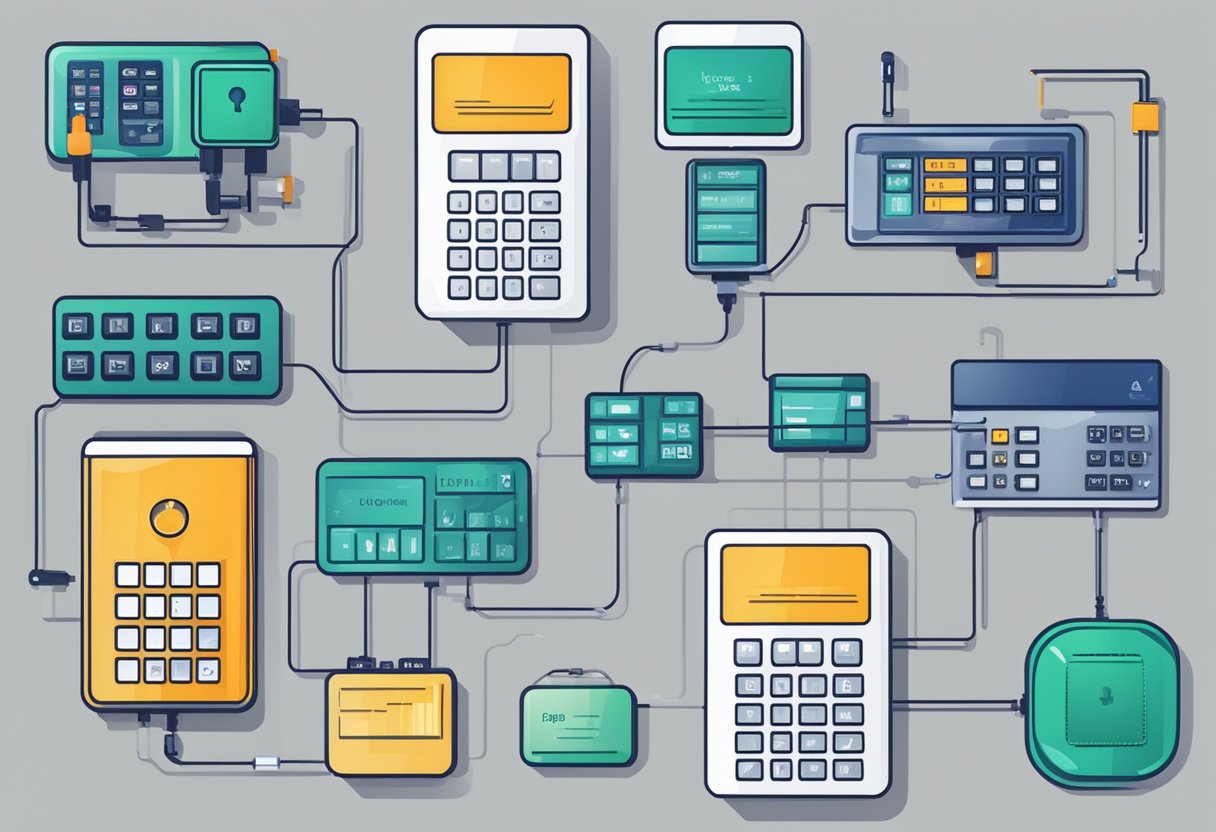Automated Clearing House (ACH) payments have streamlined the way businesses and individuals transfer funds, offering a secure and cost-effective alternative to paper checks and wire transfers. Integrating ACH with Interactive Voice Response (IVR) systems marks a significant leap in payment solutions, combining the benefits of ACH transactions with the convenience of IVR technology. This synergy allows customers to make payments over the phone using a series of simple voice prompts or keypad entries, catering to those who prefer not to use online payment portals or cannot access them readily.

ACH IVR Payment Solutions enhance customer service by providing a seamless and user-friendly interface. Available 24/7, these systems enable customers to perform transactions without the need for direct human interaction, reducing wait times and freeing up customer service representatives to handle more complex inquiries. For organizations, the implementation of ACH IVR payment solutions signifies an increase in efficiency and a decrease in operational costs associated with manual handling of payments.
Security measures for ACH IVR Payment Solutions are multifaceted, ensuring the protection of sensitive financial data. Encryption and compliance with industry standards are standard practices within the system, giving customers peace of mind when performing transactions. These secure and efficient payment systems are beneficial for a wide range of industries, demonstrating their versatility and adaptability to different business models and customer needs.
ACH IVR Payment Systems

ACH IVR Payment Solutions encompass automated payment processing through the ACH network using an Interactive Voice Response (IVR) system, which provides a secure and efficient way for businesses to handle transactions.
Understanding ACH and IVR Payment Solutions
Automated Clearing House (ACH) payments are electronic funds transfers between banks. IVR systems leverage voice prompts to enable payment collection via phone. Together, they constitute ACH IVR Payment Solutions, a confluence of convenience and technology allowing consumers to make payments securely over the phone.
- ACH Payments: Electronic, often automated payments.
- IVR Payment System: Automated telephony that interacts with callers.
Implementing IVR Payments in Business
When businesses implement an IVR payment system, they integrate a solution capable of processing various transaction types—credit card, eCheck, and debit card—while streamlining payment collection. The system serves as a financial heartbeat, critically supporting omnichannel payment processing capabilities.
- Omnichannel Approach: Seamlessly fits within an existing payment framework.
Integration and Compatibility
Integration involves connecting the IVR payment system to various business applications like ERP (Enterprise Resource Planning) and CRM (Customer Relationship Management) systems through APIs. This ensures consistent payment data across platforms and simplifies reporting.
- API Integration: Standardized communication between the IVR system and business applications.
Maximizing Efficiency and Security
A primary benefit of ACH IVR Payment Solutions is improving efficiency through automated and recurring payments. Security is paramount—systems adhere to PCI compliance standards to protect consumer data and mitigate fraud.
- PCI DSS Compliance: Adherence to data security standards to maintain a secure payment environment.
- Fraud Management: Systems implement layers of protection, including passwords and encryption.
Optimizing Customer Experience
The IVR system facilitates a superior customer experience, offering self-service payment options that are convenient and intuitive. Customers enjoy the flexibility of phone payments without the need for customer service representative interaction.
- Self-Service Payments: Simplifies the payment process for customers.
- Customer Experience: Enhanced by quick, user-friendly interactions.
Cost Management and Fees
Businesses need to be aware of the costs associated with accepting ACH and IVR payments, which may include merchant account fees, service fees, and convenience fees. It’s essential to balance the cost against customer convenience and service efficiency.
- Convenience Fees: Additional charges for particular payment options.
- Service Fees: Costs related to maintaining a merchant account and processing transactions.
Innovation and Growth in IVR Payment Solutions

Interactive Voice Response (IVR) payment solutions are continuously evolving, driven by technological advancements and the need for businesses to streamline their operations. These systems not only expedite payment processing but also enhance customer experiences by offering secure, convenient, and 24/7 payment options.
Advancements in IVR Technologies
IVR systems have seen significant improvements in call flow, script design, and template sophistication. This has been made possible partly by the evolution of ACH integration capabilities, allowing for seamless financial transactions over the phone. Software/ASP providers have upgraded their platforms for better IVR payments, prioritizing user experience and security, which now increasingly supports IPv6 for enhanced connectivity.
Enhancing Business Growth and Visibility
Businesses leveraging modern IVR solutions witness a positive impact on growth and visibility. These systems amplify the financial heartbeat of a company by accelerating payments and reducing delinquencies.
Leveraging Data for Strategic Decisions
Data-driven insight is a cornerstone of strategic business growth. IVR systems play a vital role in gathering and providing access to real-time payment data. This data is crucial for reporting, monitoring cash flow, and understanding customer payment behaviors, which in turn can be used for making informed decisions about the business.
Future Trends in IVR and ACH Payments
Going forward, trends point towards the integration of more advanced artificial intelligence and machine learning technologies into IVR systems. This will likely result in even more sophisticated self-service payment platforms, which could offer predictive analytics and enhanced customer service, while maintaining the flexibility and payment processing capabilities essential for businesses seeking to stay ahead of the curve.








